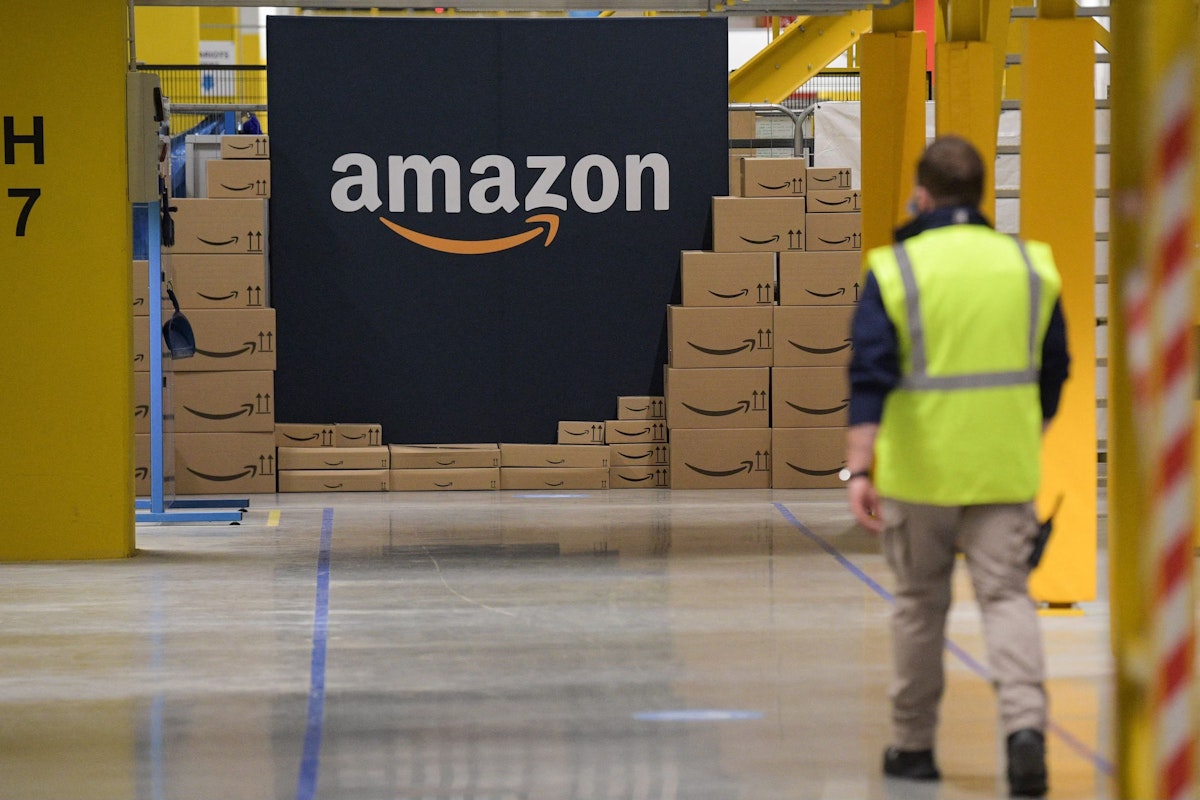
Amazon is, after Walmart, the nation’s second largest private-sector employer, employing roughly one million people in the United States. It might at first seem as though Amazon pays well, because counties with Amazon warehouses have higher average earnings than counties without Amazon warehouses. But it turns out that isn’t because Amazon pays well. It’s because, the NELP report says, Amazon chooses to locate most of its warehouses in high-earning counties (i.e., counties where average earnings exceed the 80th percentile), apparently to situate them closer to wealthy Amazon consumers.
Amazon doesn’t furnish much detailed information about what it pays its warehouse employees, so NELP gathered its information indirectly through Census data. It found that when you take pay for warehouse employees in high-earning “Amazon counties” (i.e., the high-earning counties where most Amazon warehouses are situated) and compare that to pay for warehouse employees in comparably high-earning “non-Amazon counties” (i.e., counties where there are no Amazon warehouses), the warehouse workers in the non-Amazon counties earn about 18 percent more. That translates into about $822 more per month. This pattern is repeated when you compare pay for warehouse employees in all “Amazon counties” (i.e., all counties where Amazon warehouses are situated, not just the wealthy counties) to warehouse employees in all “non-Amazon counties” (i.e., all counties that have warehouses in them, but no Amazon warehouses). Here, warehouse workers in the non-Amazon counties make about 12 percent more.
Warehouse workers in high-earning Amazon counties make 30 percent less than average earnings for all workers in those counties. That’s unsurprising, considering that these are high-earning counties; in a high-earning county, of course a warehouse worker will earn less than the average worker. But in comparably-earning non-Amazon counties, warehouse workers make only about 8 percent less than average earnings for all workers. “Warehouse jobs are middle-income jobs or at least closer to middle-income jobs in most of the U.S.,” the NELP report says, “except in the counties where Amazon operates fulfillment centers.”